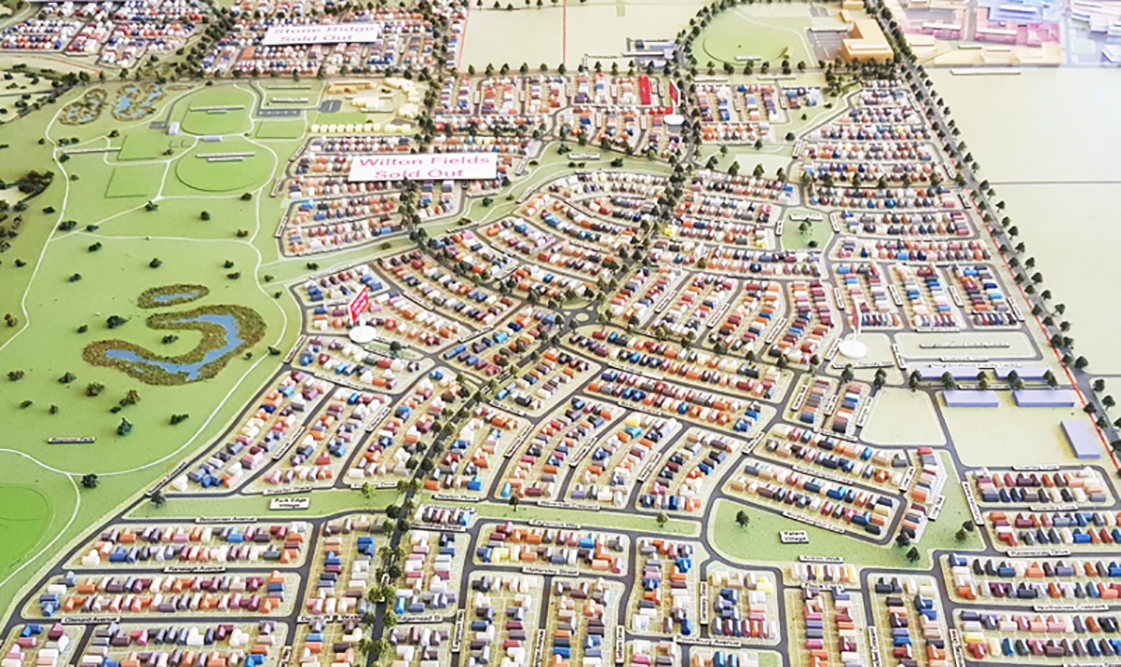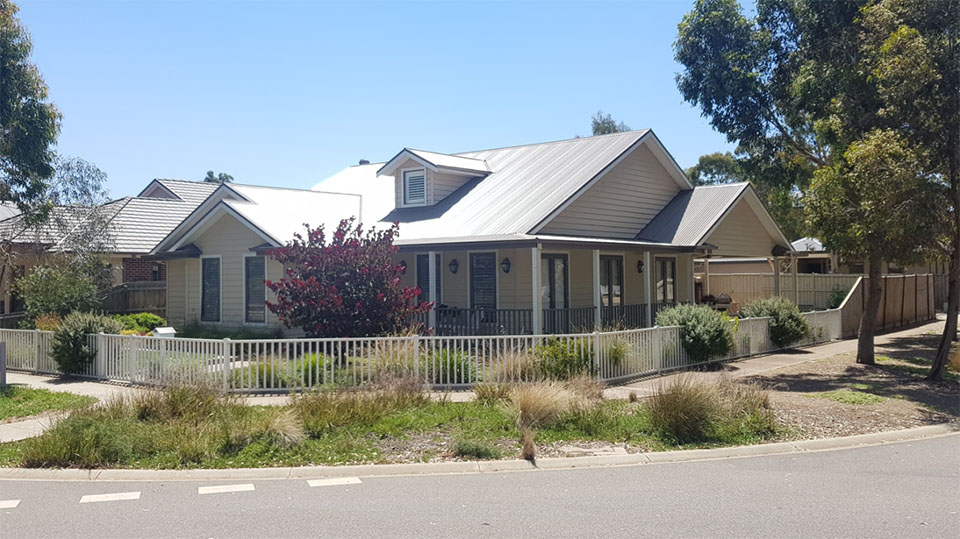The need
Melton City Council is one of the fastest growing LGAs in Australia with 37,000 new house builds predicted in the next 25 years. To manage the impact this growth will have on the environment, Council has committed to “positively guide planning, decision-making and activities that impact on the City of Melton’s environment.” (2017-2027 Environment Plan). As a result of this commitment, LID Consulting was approached in 2018 to write a set of ESD guidelines that would ensure the sustainability of the development, planning and decision-making processes of Council. The result was one of the most comprehensive set of ESD guidelines covering all development in a growth-area-Council that we are aware of at the time. (Completed November 2019)
The solution
At LID, we recognise that the integration of housing and subdivision policies with the urban planning responsibilities of local government is central to sustainable urban development. For this reason, we teamed up with Neil Cooney, environmental town planner from Trí Spatial Planning, to address the four requirements of Melton City Council’s guidelines. While not in the scope of the project, we felt it was important to incorporate ESD into the early design stage and consequently looked at opportunities to include ESD more thoroughly at the suburb design stage. In doing so, we examined opportunities for the Victorian Planning Authority (VPA) to establish frameworks to support ESD at the Precinct Structure Planning (PSP) phase.
Project
ESD Design guidelines
Client
Melton City Council
What We Did
Comprehensive ESD design guidelines including: ESD subdivision guidelines, ESD dwellings guidelines, ESD buildings requiring a permit guidelines and ESD Council buildings and asset guidelines.
ESD guidelines for subdivision developments
Our ESD guidelines for subdivision developments include only the most practical, easy to understand and simple to implement recommendations. Our guidelines are drawn from our own experience, research on existing guidelines and ESD tools including EnviroDevelopment and Green Star Communities. Note that currently there is only one instance of these tools being used in over 50 subdivision developments. We understand that complex technical documentation can be a barrier to implementation and our passion is to ensure that our guidelines are understandable in a way that increases their use. Too often sustainability concepts are lost or rejected from projects because of their complexity.
Housing design ESD guidelines
Housing Design ESD Guidelines to be incorporated into the existing housing design guidelines implementation process. Noting that there are almost no ESD initiatives in the housing design guidelines reviewed, we included inexpensive simple initiatives to produce outcomes better in line with subdivisions that are considered better performing in terms of ESD.
ESD guidelines for buildings requiring a planning permit
Council had a desire to implement the established SDAPP and associated BESS tool framework supported by CASBE. Whilst embracing these established frameworks we also identified areas that could be augmented for improved outcomes.
- Seeking a short passive design statement (one page sufficient)
- Preparation of simple operational energy zero carbon emissions plans to ensure that if buildings are not going carbon neutral now, they could readily be made so in the future.
- Design guidelines for car parks, service stations and aged care homes. These prevalent assets represent easy opportunities to raise the benchmark and deliver better ESD and liveability outcomes.
ESD guidelines for all Council assets
ESD guidelines for all Council assets including buildings, roads and infrastructure, stormwater and open space.
- Recommendation that ESD to be a criterion for contractors and consultants tendering.
- Recommendation that zero carbon emissions plans be prepared to ensure that if buildings are not going carbon neutral now, that they could readily be made so in the future.
- Incorporating the Sustainable Infrastructure Guidelines (SIG) listed in the Victorian rural and regional Councils Infrastructure Design Manual (IDM) We believe this is a pragmatic and well written document for making substantial improvements in the embodied energy of materials used council assets.
- A checklist of sustainability items to be included for all asset types.
Our Process
This project draws on an extensive amount of research on existing practice, and information from our own experience, so that ideas come from many sources. There are many ideas included in our ESD Guidelines output document that are significantly more comprehensive than any similar documents we are aware of.
LID consulting has recognised that more work has been put into the development of ESD guidelines at the building level than at the bigger picture or suburb masterplan level. For holistic sustainability to be achieved we believe it is critical to lay the foundations of good sustainability practice at this suburb masterplan level. To incorporate this into our ESD guidelines and recommendations we identified opportunities for the VPA Precinct Structure Planning (PSP) process to better support ESD in new subdivisions.
Specifically, we recommend:
- The provision of regional scale climate change mitigation and adaptation plans and net zero carbon emissions strategies such as those currently provided for infill sites like Fisherman’s Bend and the Arden Urban Renewal Precinct. These reports should form the background of all PSPs within the region.
- Ensuring that local off-road transport routes are direct, continuous, and optimised between major destinations including railway and bus stations, activity centres, schools, community hubs, and sports facilities.
We have since presented our recommendations to the Victorian Planning Authority.
The Outcome
LID Consulting have produced a comprehensive set of innovative ideas that can be adapted easily to other Councils and developers. We have set the bar on what this type of ESD guidelines can look like, especially in green-fields Council areas where there is an opportunity to lay the foundations of good sustainability practice at the suburb design level.
If you are interested in ESD Design Guideline preparation to deliver smart sustainable solutions please give us a call. We generally provide quotes within 24 hours.
GET A QUOTE





